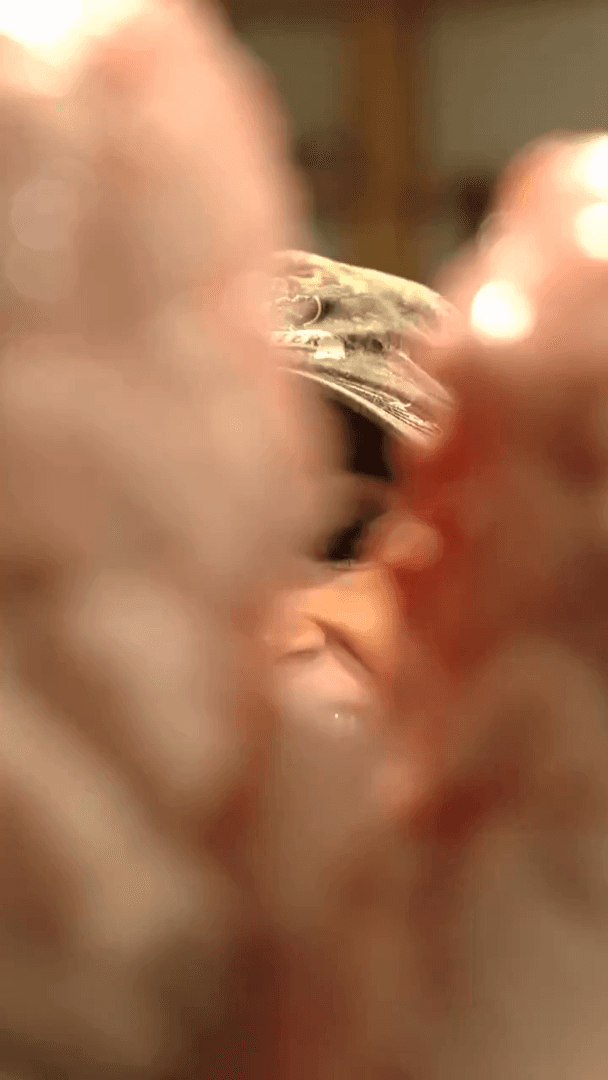
Hunting season in East Belgium In East Belgium hunting can be carried out in an expansive forested area spanning some 45,000 hectares (111,000 acres). The right to hunt there can be obtained by leasing a hunting ground of at least 50 hectares (123 acres) from the forest owners (the Walloon region, the municipalities or the private owners). This lease runs for 6, 9 or 12 years. It goes without saying that every hunter must hold a hunting licence which is obtained by passing a suitable examination. In East Belgium, game predominantly consists of stags, deer and wild boars, the hunting of which is strictly organised by legislation and the large gamekeeping communities. Contrary to popular belief, hunting is not only organised for the pleasure of hunters but, above all, for the purpose of regulating the number of animals in the forest so that the economic utilisation of the forest is ensured. If game numbers are too high, this can result in substantial damage being caused to the rejuvenation of leaf trees and to trees of economic value. For this reason, culling plans were already introduced many years ago which specify the exact number of animals which may be culled during the hunting season. These are based on the game population counted by the forest administration in the spring. Conservation Approximately 500 people have permission to hunt in East Belgium, either as tenants of a hunting ground or because they have received an invitation from such a tenant. The hunters are members of a large game ring whose primary objective is to organise hunting by respecting the manner in which the wildlife lives and the conservation of nature – in direct collaboration with the forest administration. Game is extremely popular among gourmets as a gastronomic delicacy. The sale of culled game is strictly regulated in order to guarantee that it can be traced. The sale is carried out by specialised, approved companies which have applied for a licence.
Post: 19 October 09:58











































